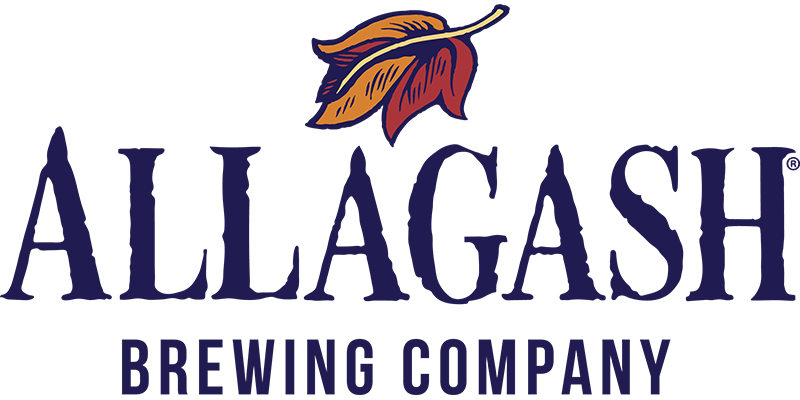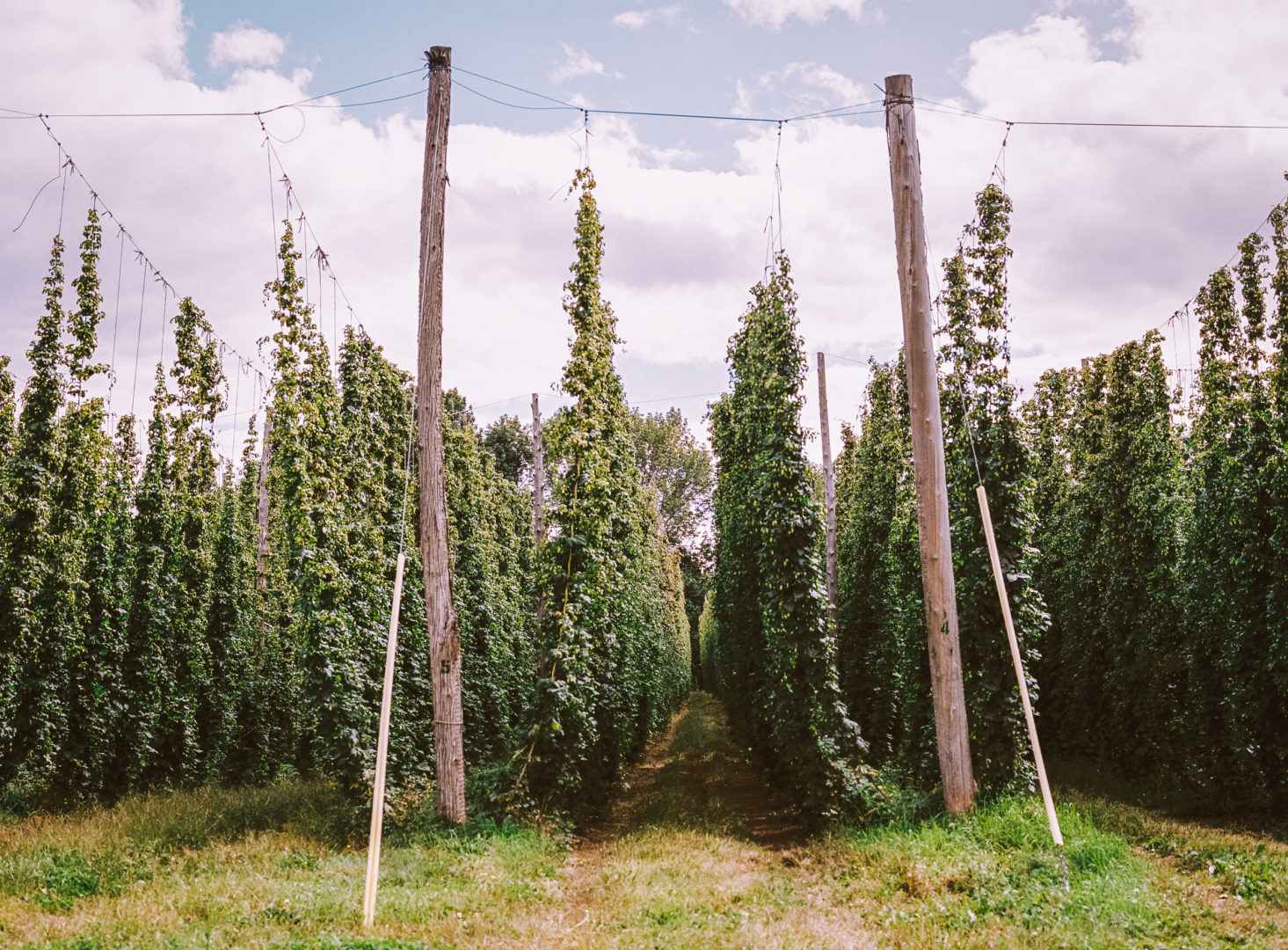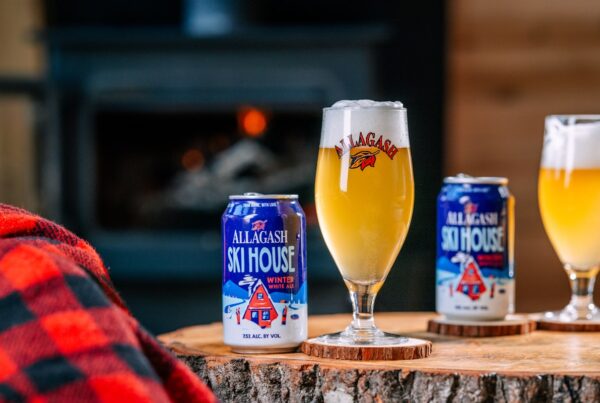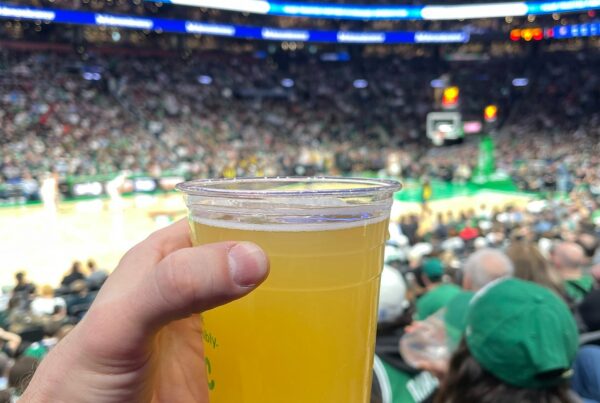What is the difference between dry hopping or wet hopping a beer? Luckily, the answer is relatively straightforward.
The Definitions: Briefly
Dry hopping is a brewing term for adding hops late in the brewing process—either during fermentation or conditioning. Wet hopping concerns adding freshly picked hops during brewing (at any point). Because hops spoil quickly after harvesting, this usually means that in a wet-hopped beer, whole-cone hops are used in brewing on the same day they’re harvested.
The Definitions: Longly
Hops are the flowers, or cones, of a plant called humulus lupulus. Hops help to keep beer fresher, longer; help beer retain its head of foam—a key component of a beer’s aroma and flavor; and, of course, add “hoppy” aroma, flavor, and bitterness. If you want to learn more about hops themselves, you can read all about them in our blog on bitterness in beer.
Both dry and wet hopping can be responsible for the “hoppy” aromas and flavors sought in many a craft beer. As a rule of thumb, hops added earlier in the brewing process add bitterness; hops added later infuse the beer with more hoppy aromatics. Dry hopping falls into the latter camp—as a way of adding more aroma and flavor.
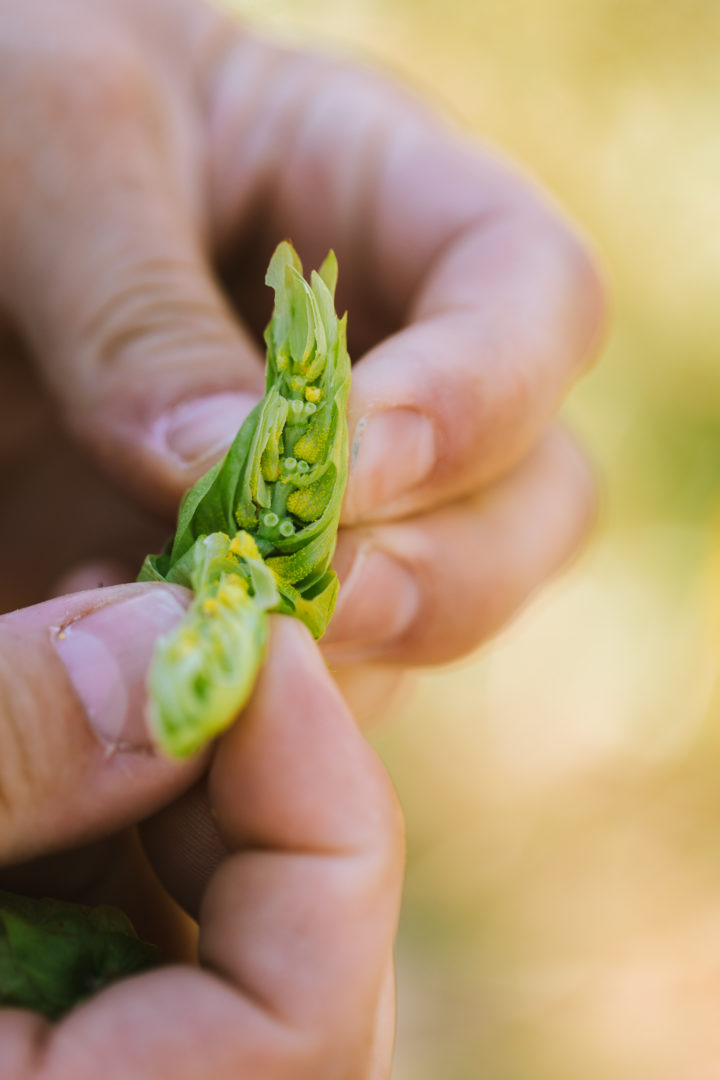
A whole-cone hop.
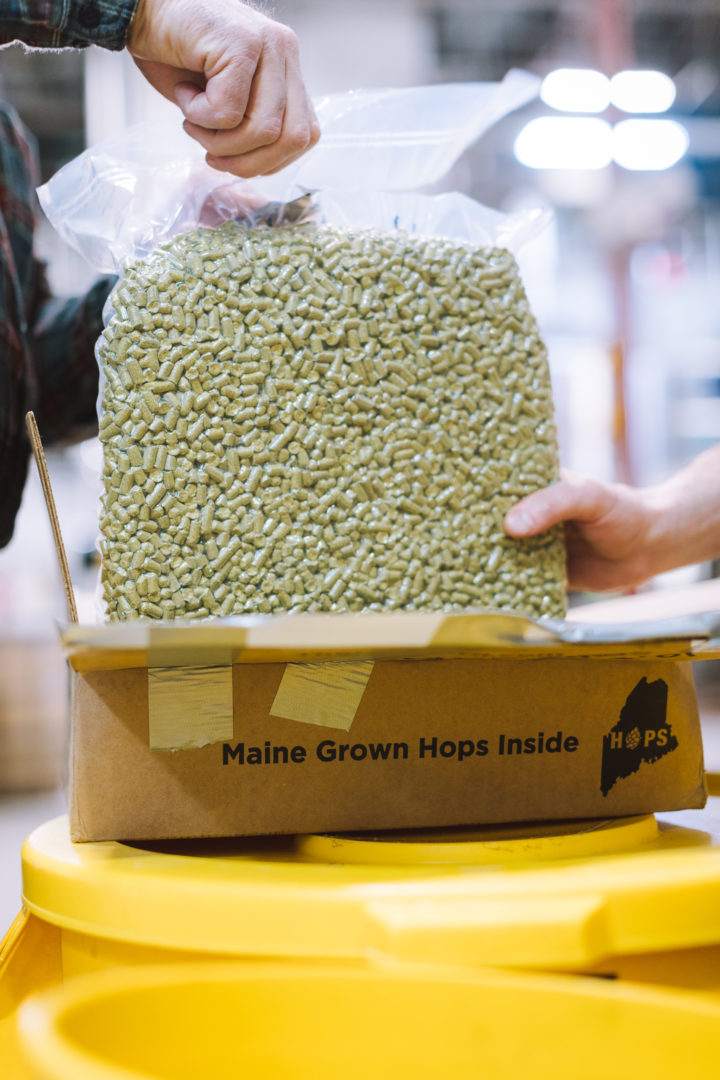
A bag of pelletized hops.
Key Differences Between Wet Hopping and Dry Hopping
Sometimes you’ll even see double or triple dry-hopped beers. The number is meant to give the drinker a basic idea of the amount of hops the brewer has added. At this point in time, there’s no widely agreed-upon rule as to the amount of hops in a dry-hopped vs. double dry-hopped vs. triple dry-hopped beer. Just know that the higher the number, the more robust the hop presence.
In a wet-hopped beer, the hops don’t necessarily NEED to be the most prominent component of the beer’s flavor. You can wet hop a beer in a subtle enough way that the hops blend completely with the grain and yeast-derived flavors. But then again, if you’re going to go to all the trouble of adding freshly picked hops to your beer, wouldn’t you want to taste them?
We’ve actually brewed both dry-hopped and wet-hopped beers here at Allagash. Hop Reach IPA, is dry hopped for notes as varied as pineapple, lime zest, orange, and grapefruit. Wet-Hop Saison was a very limited release in our brewery’s tasting room (that we could potentially brew again). We added Nugget and Cascade hops from the Hop Yard in Gorham, Maine, the same day they were harvested. That beer came out very nicely with notes of melon, pine, and grapefruit blending with the saison’s peppery and thirst-quenching profile.
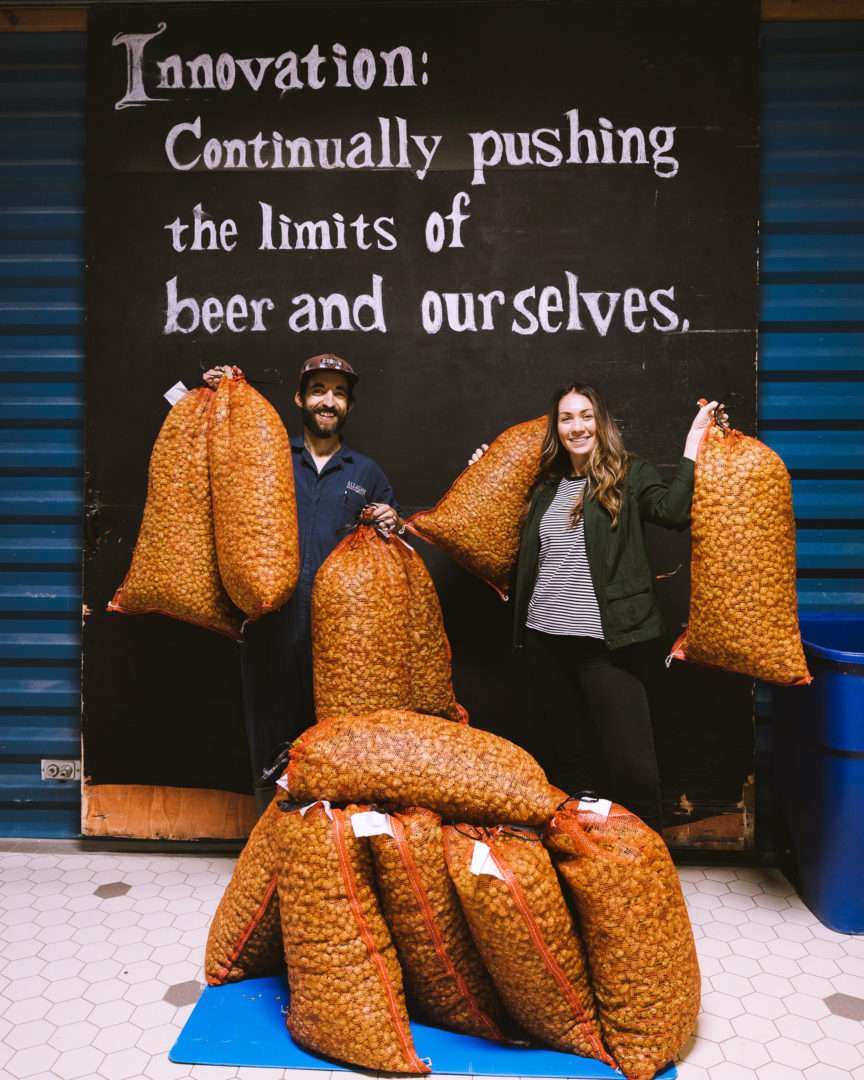
The big bags of fresh, whole-cone hops that we used to brew Wet-Hop Saison.
So, what do most brewers use? Wet or Dry?
A vast majority of brewers use hops in their pelletized form. After the hop is picked, hop growers will use specialized machinery to pulverize the hop cones and then extrude them into pellets. And while they may look different from fresh, whole-cone hops, they’re still 100% hop. Ease of transportation, extended shelf life, and consistency of performance across various brewing systems are all benefits of pelletized hops. Perhaps one of the few drawbacks is that, during processing, the lupulin glands of the cone (where a ton of that hoppy aroma resides) receive greater exposure to oxygen, and thus must be kept both cool and in air-tight packages before brewing. That being said, whole-cone hops don’t fare too well in oxygen either, so that slight drawback is generally worth it for the majority of beers brewed in the United States.
Wet hopping vs. dry hopping? Now you know the difference.
